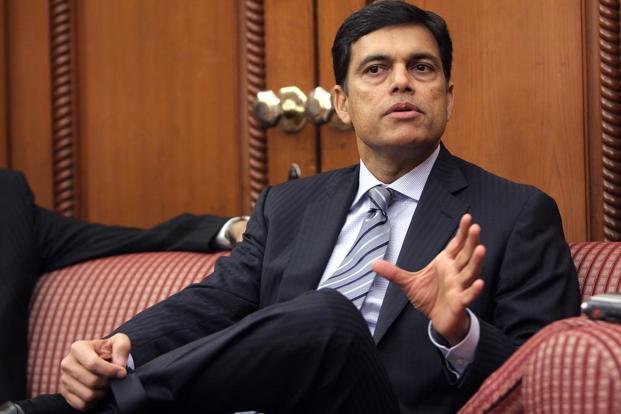Chairman of the World Steel Association and Chairman and Managing Director (CMD) of JSW Group, Sajjan Jindal, said the steel industry, one of the major emitters of greenhouse gases, may achieve its net-zero emission target shortly if it turns to clean hydrogen for production.
He further added that even as switching to a clean hydrogen-based steel-making technique is the most likely immediate solution to achieve net-zero targets, the investment required to set up new plants while shutting down the old ones will be a major barrier in this transition.
Addressing the Minerals, Mining and Metals e-Conclave’ organized by the Bengal Chamber of Commerce & Industry (BCC&I), he said, “Viable green steel production could be more than a decade away even though several of the world’s major steelmakers, including us at JSW, are actively developing plans to adopt the process to meet carbon-neutral goals. In this context, switching to clean hydrogen seems to be the most likely immediate solution to get to net-zero.”
“While the prices of renewable electricity and green hydrogen are falling fast, the capital costs of setting up new plants and shuttering old ones, I foresee will be a major barrier to change,” he said in the statement.
According to Jindal, the steel industry has a crucial role to play in fulfilling the target of net-zero emissions from India by 2070 as set by Prime Minister Narendra Modi at the COP26 climate conference.
The steel industry accounts for 0.7 per cent of the world’s economic output and also contributes 7 per cent towards global emissions. “This needs to change and needs to change fast,” Jindal noted.
But for the transition, Jindal also called for initiatives at the “policy level”. “Curtailing carbon emissions will require major upgrades at the steel mills and the initiative will have to be taken at the industry as well as policy level,” he said.
“The industry will need an entirely new, transformative approach, which includes using carbon capture, utilisation and storage (CCUS) with the existing fossil fuel-based iron making (BF-BOF), substituting hydrogen for carbon as a reductant, and using renewable electrical energy,” he added.
He further mentioned, “While the transition period may involve high initial capital costs, as well as Opex costs, proactive government support through well-designed policy will ensure that the industry is not discouraged from making this transition.”
“Viable green steel production could be more than a decade away even though several of the world’s major steelmakers including us at JSW are actively developing plans to adopt the process to meet carbon-neutral goals. In this context, switching to clean hydrogen seems to be the most likely immediate solution to get to net zero,” he noted.
While Jindal stressed on the need for sustainable transition, he also told the Bengal Chamber of Commerce that the production of steel needs to be rapidly scaled up to increase the share of the manufacturing sector in the GDP.
JSW Steel, it may be mentioned, has set a target of reducing its specific CO2 emissions by 42 per cent by FY2030 (vs base year FY 2005), aligning its target with the Sustainable Development Scenario (SDS) of the International Energy Agency (IEA).
Major steel producers including JSW Steel have announced expansion plans.
JSW Steel, Jindal said, was adding capacity at an “unprecedented rate”. “Our planned expansion over the next 4 years is equivalent to the capacities we achieved in the past two decades,” he said.
However, he said that all growth would be complemented by conscious efforts towards sustainable manufacturing in a more cost-effective, less resource-intensive manner.

